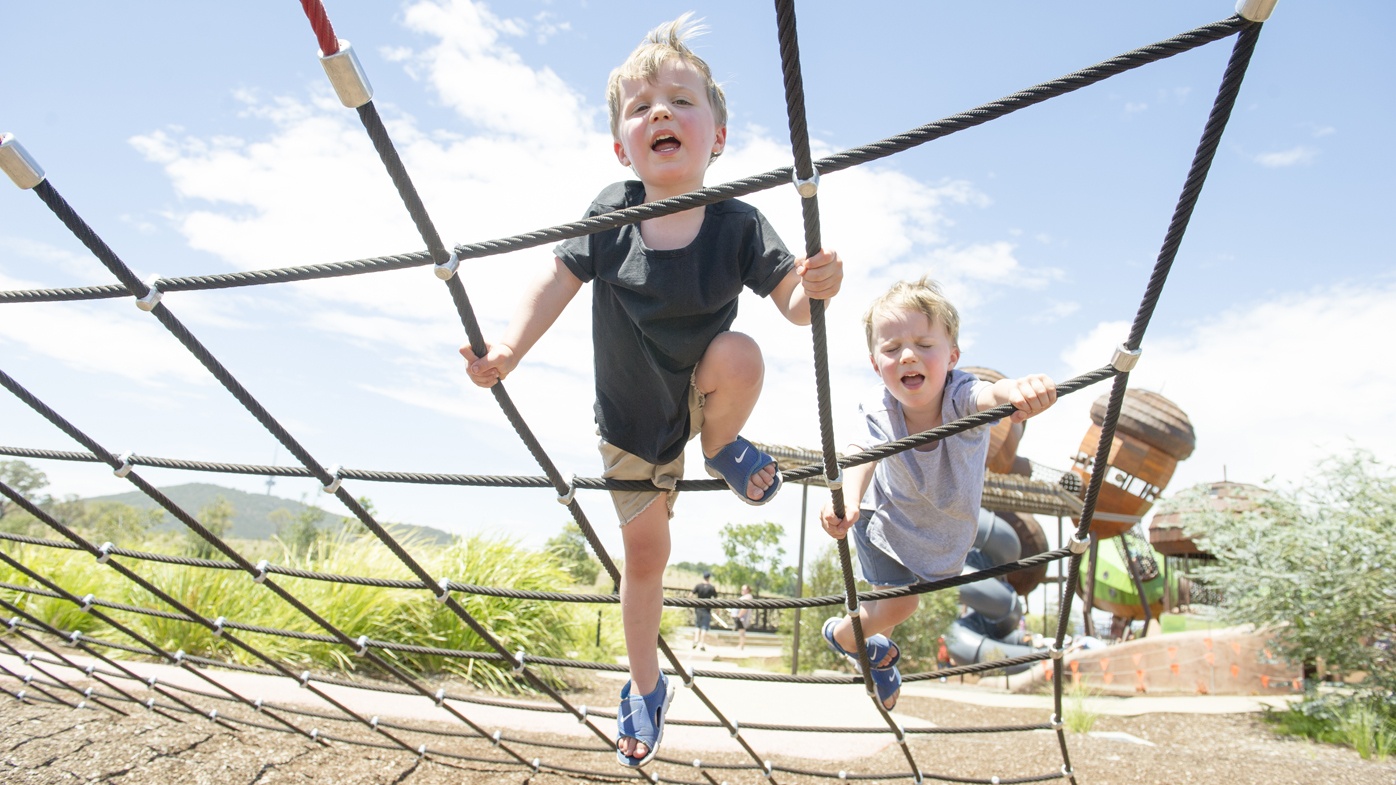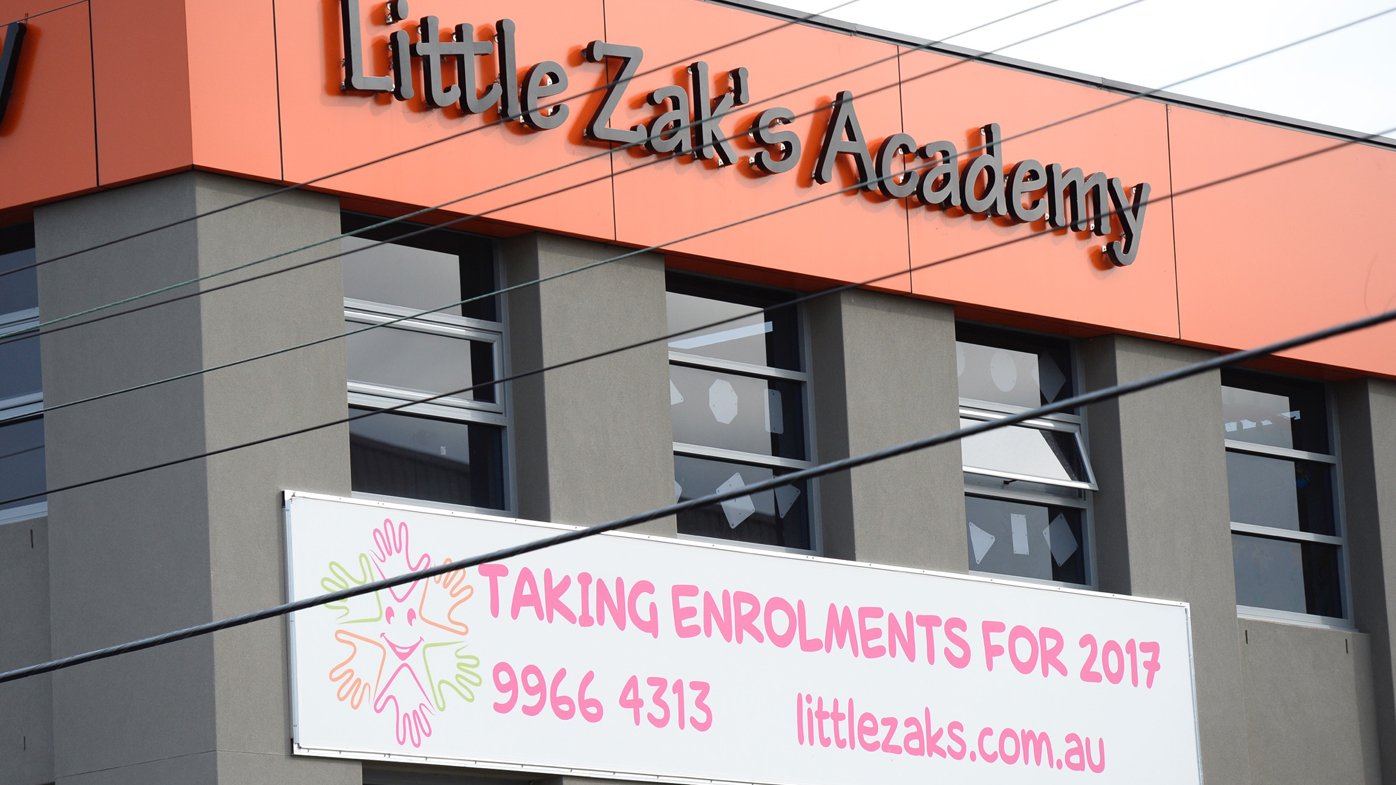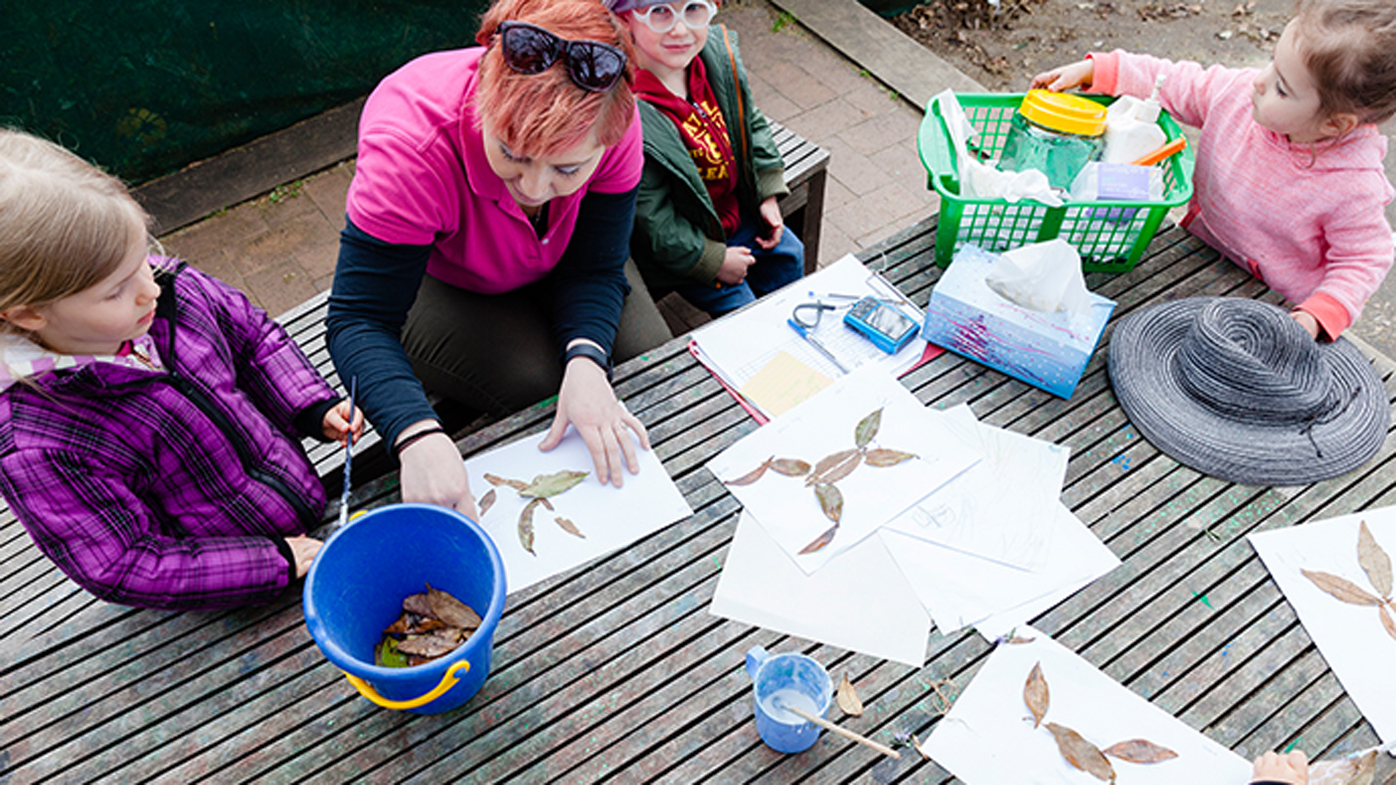As Australia enters its third month of the government's free childcare scheme to assist families in coping with the coronavirus pandemic, some providers are struggling to keep their businesses afloat.
As part of the plan, the government agreed to pay the equivalent of 50 per cent of a childcare centre's revenue based on the period before which parents began removing their children from facilities as a result of COVID-19.
Childcare staff wages are supplemented by the government's $1500 JobKeeper payment.

A government review of the first month of its emergency free care arrangements found that before the scheme began attendance had more than halved for 30 per cent of businesses and a further one in two centres had attendances fall between 20 and 50 per cent.
The review found about 75 per cent of centres said the support package provided by government was keeping them financially viable, however many services that were eligible for JobKeeper found the wage subsidy didn't cover staff wages.
In general, centres were able to meet the demand for places although many were doing so at a loss.
As occupancy levels return to normal, many centres hold serious concerns about meeting the demand for places without the necessary income to support staff wages, rent and running costs.
Owner of Little Zak's Academy, Carlos Zaki, said the changes have impacted small and large businesses alike, with some centres unable to function at all.

"A lot of centres are incurring extra expenses and a lot of them have turned around and said 'we're not going to take any new enrollments and we're not getting any extra money' because they can't afford the added pressure," he told Nine.com.au.
Mr Zaki said the government's scheme was helpful in the early stages of the pandemic but as the months drag on, businesses have begun to feel the pinch and the system shouldn't be considered as a long-term solution.
"What they did helped the industry in general, and the industry suffered and took a hit but the measures weren't designed for huge profits, it was designed to keep the industry alive which it did but it's not sustainable now that people are going back to childcare, it needs to be taken away."
Mr Zaki said the current system doesn't account for the broad spectrum of businesses that work in the childcare sector, many of whom can't afford to function with free childcare.
"There's no solution that's one size fits all," he said.
Mr Zaki said the government should consider reverting back to the pre-coronavirus system of government subsidies where parents could receive financial assistance to cover gap fees without hurting the revenue of individual centres.

A spokesperson from Active Kids has told Nine.com.au that while the announcement of free childcare was a relief during a period of financial uncertainty, the scheme has come with a host of unprecedented impacts.
"The current government funding model makes it impossible for us to remain at full capacity and provide our full range of usual services," it said in a statement.
"We have had to carefully try manage attendances by allocating days and hold off new enrolments for the short term.
"The reality is that some businesses will be forced to shut their doors, while others like Active Kids Group have had to figure out ways in which to try accommodate families as best we can, without meeting the same fate."
For smaller childcare operators, many of whom may be one of only a handful of childcare providers in their area, the scheme has resulted in a huge emotional and financial burden.
Director of the Cherry Blossom Early Learning Centre in the upper Blue Mountains, Cassandra Smith, said the changes were made suddenly and with little support to allow centres to deal with the flow-on effect.
"That first week of April when the government announced free childcare was absolutely chaotic. There wasn't any protocol in place. The government was sending out several emails a day at one point," she said.
Ms Smith said she was forced to lay off staff in order to keep the business afloat.
Not only did the changes cause financial stress, but centres were left to deal with the fallout from parents who were already under increased pressure due to the virus.
"Our primary focus is the child," she said.
"What's the point of building up these relationships with these kids and these families during April and May and then it gets to June and free childcare ends and they just leave?"
Ms Smith says she understands many parents would want to take advantage of free childcare, however uncertainty lies ahead.

"There may be some families who are taking advantage of this and good on them, they've found a chance to access early education and care which every child in Australia should have but there has to be that awareness that there's children in the middle of all this who have built connections with these centres and it's not going to last."
Ms Smith said they've been forced to be cautious in enrolling any new children for fear the scheme may stay in place and number of children becomes unmanageable, particularly as more parents return to work in the coming weeks.
"We've had to be very strict about enrollments and with parents. If it's one week of not paying fees that's one child gone because we can't afford to take on that extra cost and be lenient," she said.
"We're doing all that communication with families so they're prepared because it isn't sustainable to have free childcare forever."
Senate committee chair Katy Gallagher says senators want to find out how the crisis and the relief package has impacted the viability of services before a final decision is reached.
"As the government is now flagging returning to the old system as of 28 June, the committee needs to understand how that will impact families who will be required to snap back to paying fees and dealing with the activity/income tests during this time," the Labor senator said.
from 9News https://ift.tt/36PCxtC
via IFTTT


0 Comments